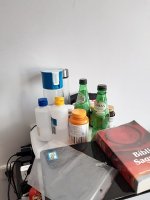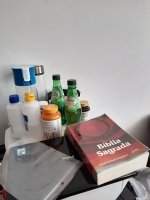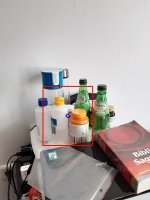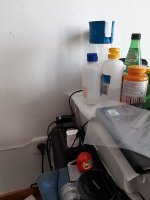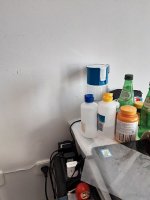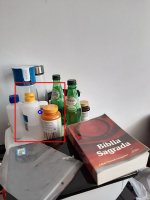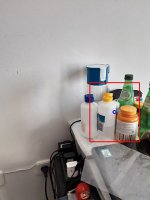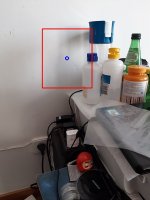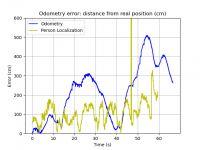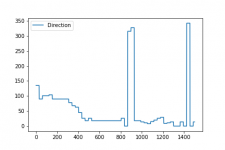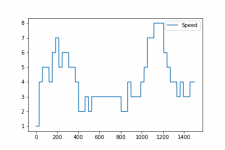- Joined
- Jan 7, 2019
- Messages
- 103
- Reaction score
- 100
I made a demo video of Tello localization using odometry.
This is position calculation from Tello vgx, vgy velocities provided by Tello state in sdk mode.
The analysis shows how quickly the error can accumulate, so odometry alone is unreliable.
Algorithm: dead-reckoning from motion model developed with Tello Vision Telemetry Lab

 github.com
github.com
Dataset: telemetry generated with Tello Vision 1D App

 play.google.com
play.google.com
Ground truth: mavic mini video by #manuelvenuti
This is position calculation from Tello vgx, vgy velocities provided by Tello state in sdk mode.
The analysis shows how quickly the error can accumulate, so odometry alone is unreliable.
Algorithm: dead-reckoning from motion model developed with Tello Vision Telemetry Lab
GitHub - pgminin/tello-vision-telemetry-lab: A toolkit for the Tello Vision 1D app telemetry visualization, analysis, and data fusion algorithm development
A toolkit for the Tello Vision 1D app telemetry visualization, analysis, and data fusion algorithm development - pgminin/tello-vision-telemetry-lab
Dataset: telemetry generated with Tello Vision 1D App
Tello Vision 1D - Apps on Google Play
Computer Vision and 1D Follow Me for DJI Ryze Tello drone (SDK mode)
Ground truth: mavic mini video by #manuelvenuti
Last edited:



